SUMMARY
This is AI generated summarization, which may have errors. For context, always refer to the full article.
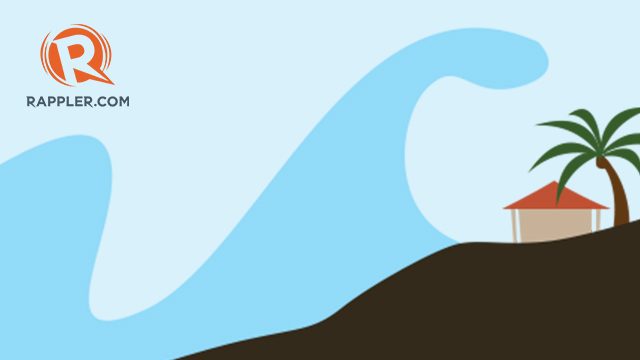
This story was first published on March 12, 2015. Due to recent events, we are republishing it with updated information.
***
MANILA, Philippines – A magnitude 6.2 earthquake hit off the coast of Catanduanes on the evening of Tuesday, April 4. A tsunami warning was sent out by the Philippine Institute of Volcanology and Seismology (Phivolcs), noting that “strong currents and rapid changes of seawater level are expected.”
Residents along the coasts of Catanduanes, Northern Samar, and Eastern Samar were advised by Phivolcs to avoid beaches and coasts until the advisory has been canceled.
According to the US-based National Centers for Environmental Information’s tsunami events database, the Philippines has experienced 89 probable tsunami events since 1627.
Twenty-eight of these tsunamis were of definite certainty, meaning that there was enough recorded evidence of a tsunami occurring at the time. Eight of these had incurred fatalities.
If a tsunami does occur, how prepared are you?
Here are some basic information on tsunamis.
What is a tsunami?

A tsunami is a series of sea waves commonly generated by under-the-sea earthquakes, with heights that could be greater than 5 meters.
In the Philippines, it occurs when the earthquake is at least magnitude 6.5 and is shallow-seated, meaning the epicenter is less than 30 kilometers below the seafloor.
Oftentimes, it is mistakenly associated with storm surges – tall waves that are caused by typhoons passing through seas and oceans. (READ: Storm Surges 101: Are you at risk? Are you prepared for it?)
Volcanic eruptions and landslides may also cause tsunamis.
Types of tsunamis

Locally generated
When an under-the-sea earthquake occurs within the Philippines’ earthquake generators. It takes 2-20 minutes before the waves reach the shores of affected areas.
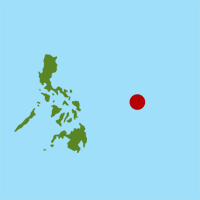
Distant or far-field
When an under-the-sea earthquake occurs outside the Philippines or in the Pacific Ocean and generates a tsunami. Depending on the location, this has a longer lead time.
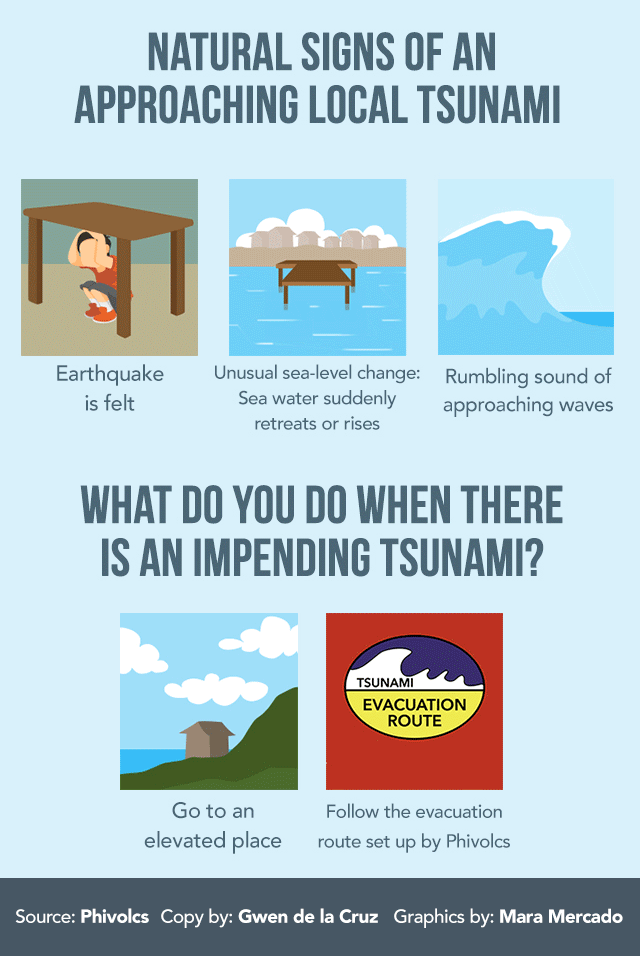
How vulnerable is the Philippines?
The Philippines’ location makes it vulnerable to tsunamis. Being an archipelago along the Pacific Ocean’s Ring of Fire, it is surrounded by both bodies of water and trenches such as the following:
| Location | Ocean/Seas | Trenches |
| East | Pacific Ocean and Philippine Sea | Philippine Trench |
| West | West Philippine Sea | Manila Trench |
| Southwest | Sulu Sea | Negros and Sulu Trenches |
| South | Celebes Sea | Cotabato Trench |
| Southeast | Pacific Ocean | Philippine Trench |
Metro Manila, the country’s capital, is also vulnerable to tsunamis because it faces Manila Bay.
In the past, two tsunamis with heights of 1-2 meters affected the bay in 1828 and 1863. Affected areas were Manila, Bataan, Zambales, Cavite, Batangas, and Mindoro which face the Manila Trench, the source of the tsunami in this part of the Philippines, Department of Science and Technology Secretary Renato Solidum Jr. said in 2015, back when he was Phivolcs chief.
The most recent definite tsunami was during the July 2022 magnitude 7.3 Abra earthquake. Phivolcs did not issue a tsunami alert due to the earthquake happening inland, and thus cannot cause tsunamis. The Chinese-run South China Sea Tsunami Advisory Center did, however, record minor waves generated by the earthquake at the time.
On record, at least three distant tsunamis affected the country in the past. These were the 1960 Great Chilean Earthquake (magnitude 9.5), the 2010 Chile Earthquake (magnitude 8.8), and the 2011 Sendai Earthquake in Japan (magnitude 9).
Community-based preparedness
To prepare for the occurrence of tsunamis in the country, Phivolcs has initiated various tsunami warning and preparedness projects. (READ: How the 2004 Asian tsunami helped the Philippines)
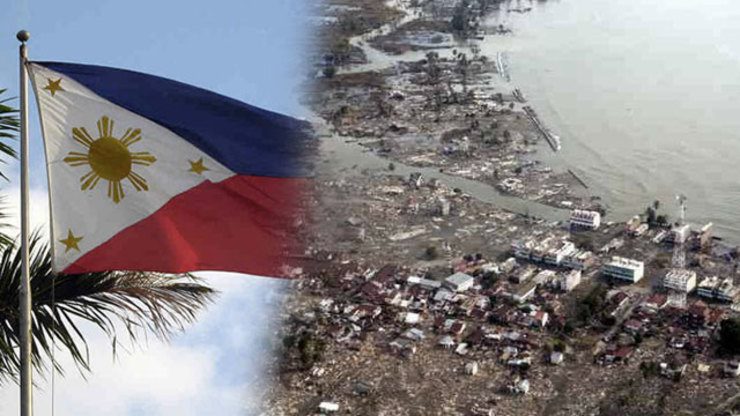
Two years after the December 2004 Indian Ocean tsunami, the Philippines, through funding from the Department of Science and Technology, developed a tsunami detection system by setting up dry and wet sensors in 10 sites all over the Philippines. It also allowed the agency to produce tsunami hazard maps in coastal areas.
In 2013, the Phivolcs released different comics based on real stories of Filipino survivors of the 2011 Sendai earthquake. These were written in Filipino.
But while these projects can really be helpful to Filipinos, Solidum has always emphasized the importance of community-based preparedness, especially during locally generated tsunamis.
The locals, he said, should rely not only on warnings and advice but also on their own observations.
“In our experiences and observations, 2-5 minutes, may mga events na nandiyan na ‘yung tsunami after the earthquake (there are events when the tsunami comes right after the earthquake). So in that case, there is very limited time to give warning. The locals should know the safe places to go and evacuate,” Solidum said. – with reports from Matthew G. Yuching/Rappler.com
Sources: Philippine Institute of Volcanology and Seismology, National Oceanic and Atmospheric Administration, National Aeronautics and Space Administration, various news websites
Add a comment
How does this make you feel?




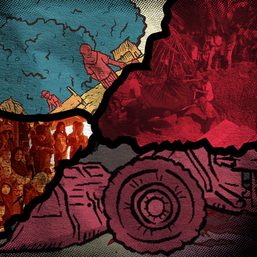

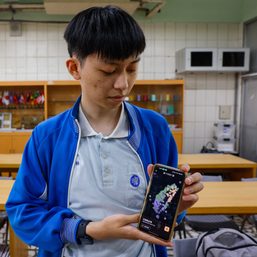
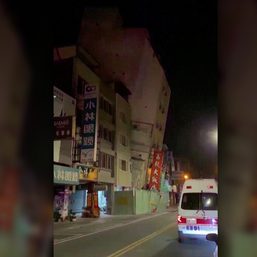
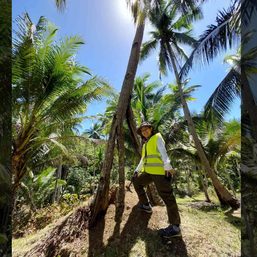
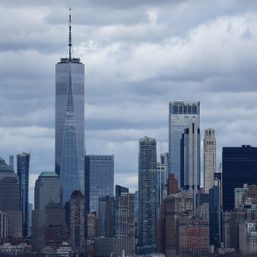



There are no comments yet. Add your comment to start the conversation.